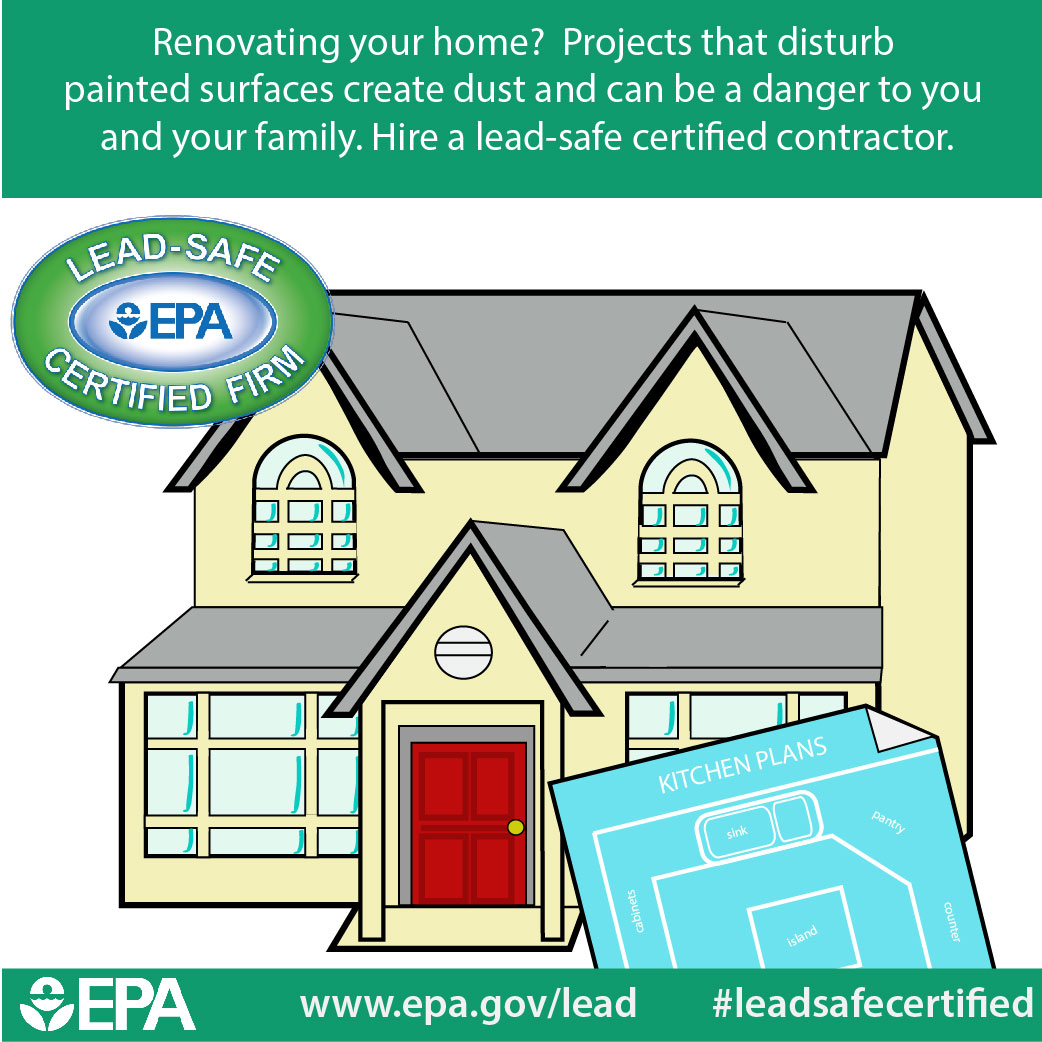Step-By-Step Guide To Preparing Your Wall Surfaces For Painting
Step-By-Step Guide To Preparing Your Wall Surfaces For Painting
Blog Article
Material Author-Simonsen Hubbard
When you're prepping your walls for paint, it's critical to follow a methodical procedure to make certain a remarkable coating. Start by analyzing the wall for any kind of damages; this action can make or break your job. Once you've determined any problems, cleansing the surface correctly is essential, as a filthy wall can impact paint adhesion. After that, you'll require to spot any kind of flaws and apply a primer. But there specify methods and tips that can elevate your preparation game-- let's discover those further to accomplish the best results.
Assessing Wall Condition
Prior to you order your paintbrush, take a moment to examine your walls' condition. Check for any kind of noticeable damage like cracks, openings, or peeling off paint. These blemishes can impact just how the paint adheres and looks once it's dry. If you observe any significant damages, you'll need to prioritize fixings prior to diving into painting.
Look closely at the texture of your walls. Is the surface area smooth, or exists appearance that might require special factor to consider? Smooth walls typically need less prep, while distinctive surfaces may need even more time to paint evenly.
Additionally, think about the previous paint job. If the old paint is glossy, it mightn't allow new paint to stick properly. You'll need to know if your walls have actually been painted with oil-based or water-based paint, as this can influence your option of primer or paint.
Lastly, keep in mind of any kind of dampness problems. If you see signs of water damages or mold, address these troubles instantly to prevent additional problems.
Cleansing the Surface
When you've assessed the problem of your wall surfaces, the following action is cleaning the surface. Beginning by gathering your products: a pail, cozy water, a light detergent, a sponge or cloth, and a scrub brush for harder places.
Begin on top edge of the wall and function your method down. Mix the detergent with warm water in your container, after that dip the sponge or towel into the solution. Wring it out to prevent excessive moisture on the walls.
As you clean, pay attention to locations that could've gathered dust, grease, or finger prints. For stubborn stains, make use of the scrub brush carefully to stay clear of harming the paint below. Rinse your sponge or cloth frequently in clean water to stop spreading dust around.
After cleaning, it's essential to clean the walls with a moist fabric to remove any soap deposit. https://www.cnet.com/personal-finance/mortgages/want-to-get-more-money-for-your-house-try-painting-your-door-this-color/ makes sure a smooth surface area for the new paint to abide by.
Permit the walls to dry totally prior to proceeding to the following preparation steps. This comprehensive cleaning process will certainly aid produce a fresh canvas for your painting project, making sure the very best outcomes.
Patching and Priming
Patching and priming are critical steps in preparing your walls for a fresh coat of paint. Initially, inspect your wall surfaces for any kind of holes, cracks, or blemishes. Utilize https://realestate.usnews.com/real-estate/articles/how-to-paint-a-bedroom spackling compound or patching paste to fill up these locations.
Use the compound with a putty knife, smoothing it out so it's flush with the bordering surface. Enable it to dry completely, and afterwards sand it gently up until it's smooth and also.
When you've covered whatever, it's time to prime. Primer aids secure the patched locations, making sure the paint sticks properly and gives an uniform surface. Pick a primer suitable for your wall surface kind and the paint you'll be making use of.
Apply the guide utilizing a roller for bigger areas and a brush for corners and sides. If your patched areas are substantially large or porous, you could want to use a second coat of primer after the initial one dries.
After priming, allowed everything dry completely before proceeding to painting. This prep work will not only improve the look of your walls yet also prolong the life of your paint task.
Take your time, and you'll be pleased with the outcomes.
Verdict
By following these easy steps, you can achieve a smooth and professional finish on your wall surfaces. Start by assessing their problem, then clean and patch any kind of flaws before applying guide. Remember to allow appropriate drying time and guarantee everything is smooth prior to you dive into paint. With the right prep work, you'll establish the stage for an attractive change in your area. Currently, gather your products, take in the fresh air, and prepare yourself to repaint!
